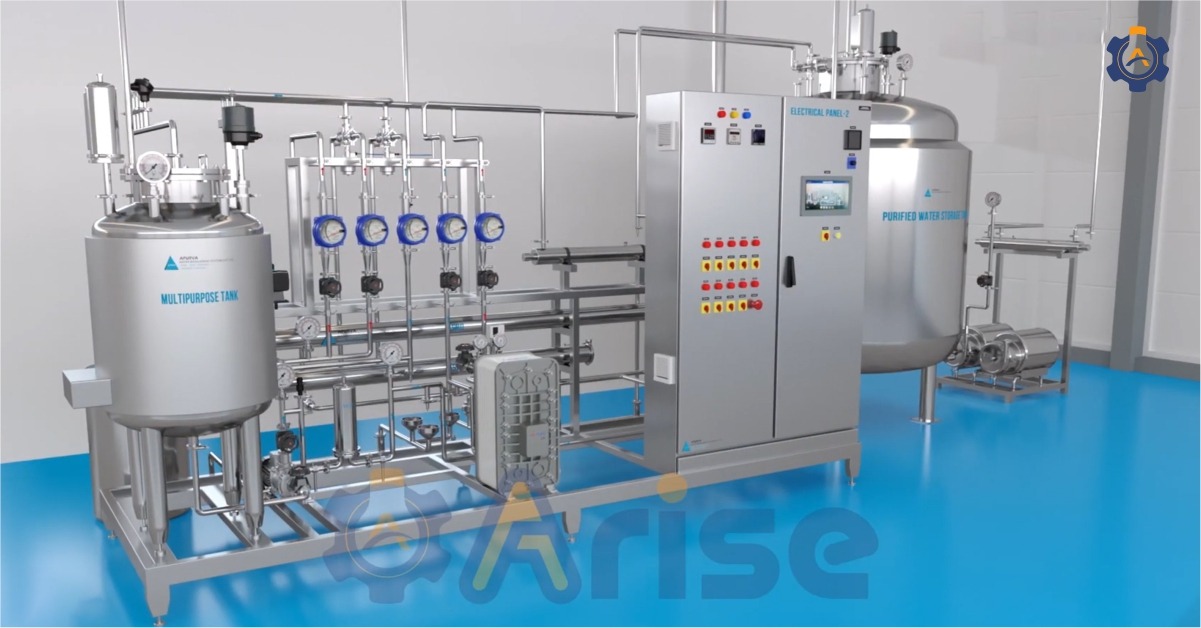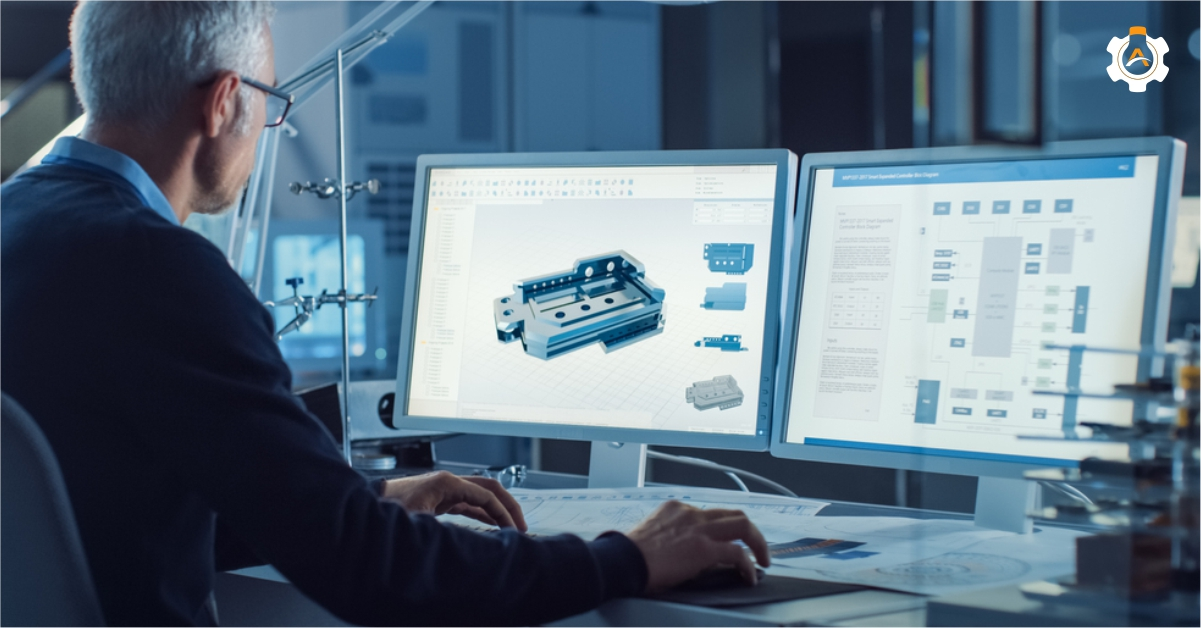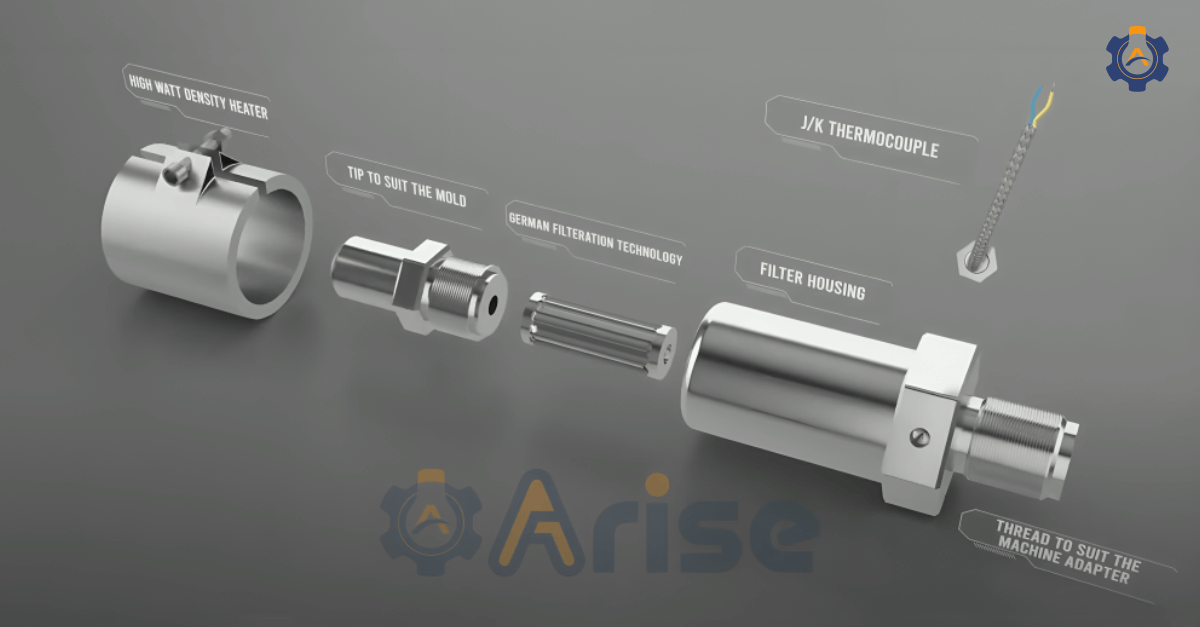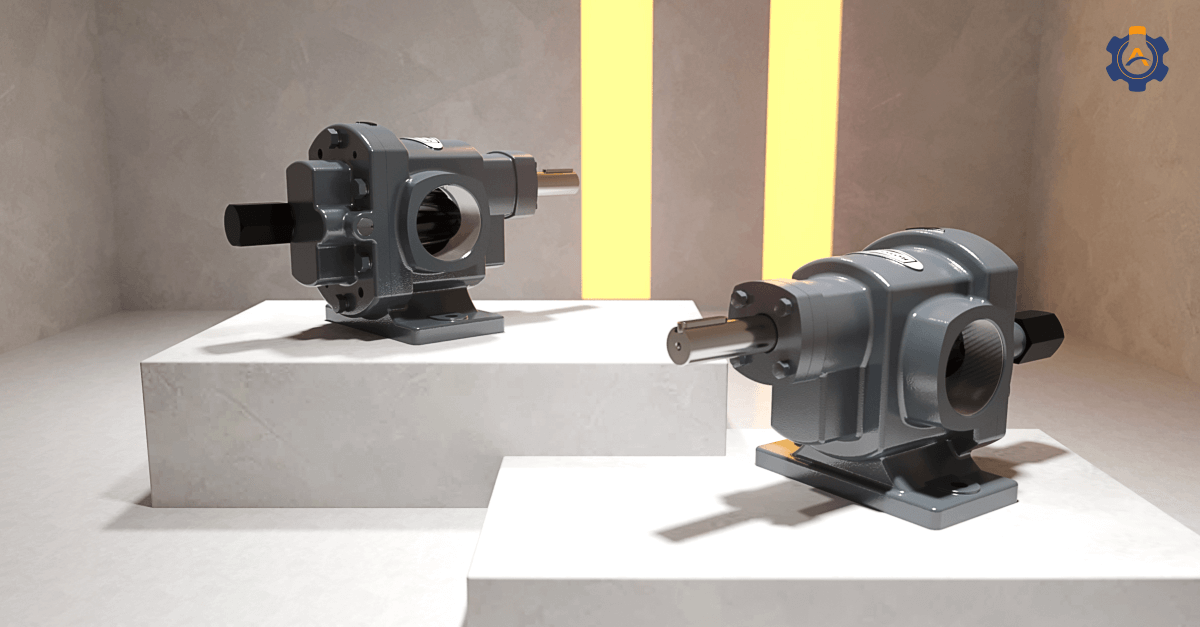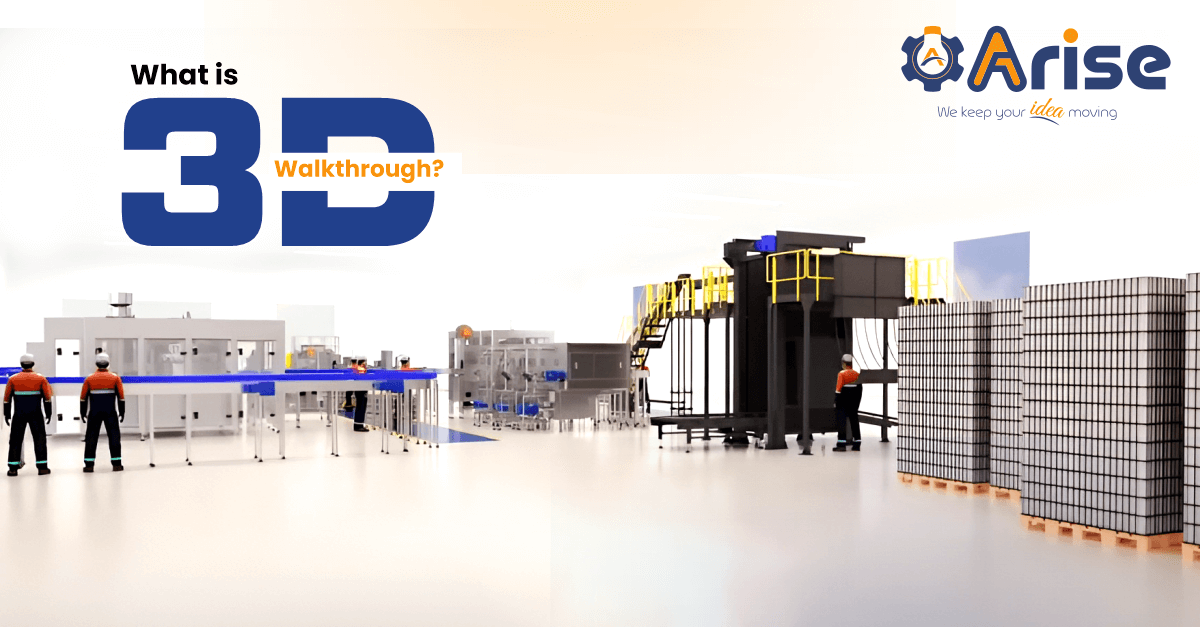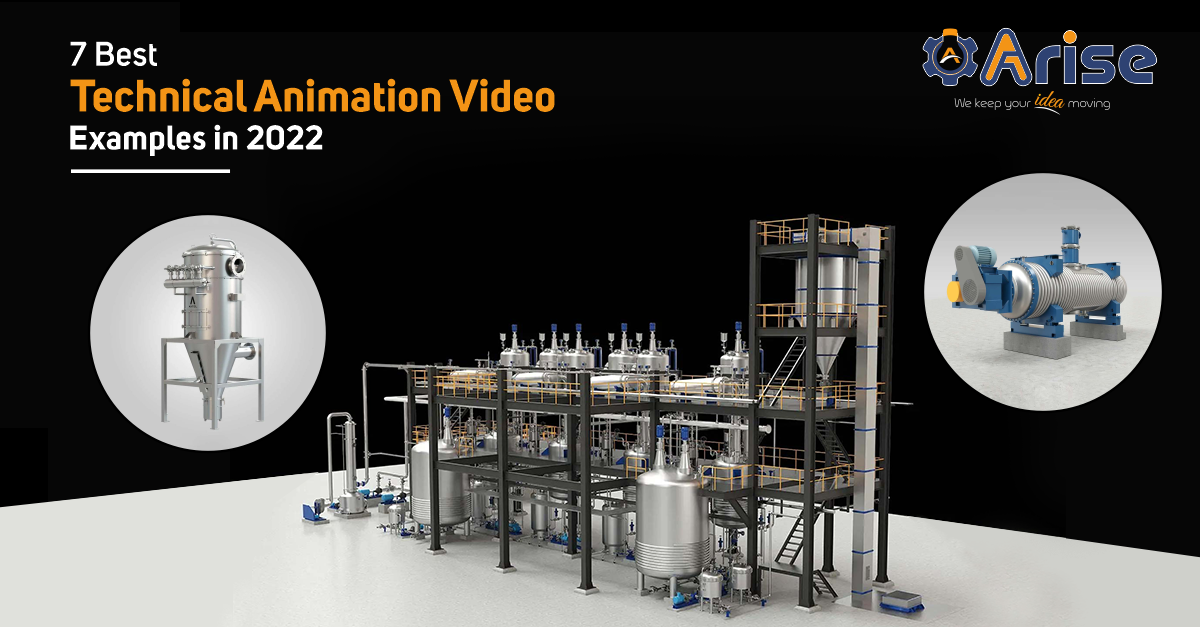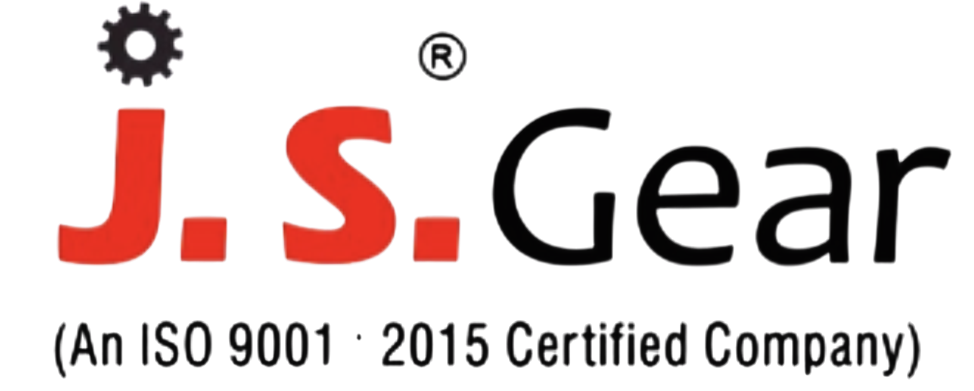What makes a water system ‘smart’?
It is its ability to sense, react, and manage water in real time using technology that tracks usage, detects leaks, and adjusts flow automatically. But even today, most people cannot picture what that even looks like. That’s why 3D technical animation for smart water systems is becoming so important.
These systems are brilliant on paper, but they are covered underground, running through complex networks, full of sensors and data flows. Try explaining that to a non-technical person, and you can see their reactions on the same, but again, show them a 3D animation that visually walks them through it, and they get it instantly.
The World Bank provides funding and technical support for smart water infrastructure in developing countries. Their focus is on improving access, reducing loss, and building systems that can self-monitor.
A clear example of this is the Smart Water Project in Pune, India, supported by the World Bank. Through the project, over 275,000 smart water meters will be deployed across the city, paired with cloud-based monitoring, pressure sensors, and data analytics platforms.
3D technical animation will show how water flows through a city’s pipelines, how sensors indicate a pressure drop, how that alert triggers an automatic valve adjustment, and how it feeds back to a control room. It brings the entire system to life in an immediate and visually clear way.
Key takeaways :
3D technical animation breaks down complex components like IoT sensors, leak detection, and SCADA systems into clear, flowing visuals, showing exactly how they interact to manage water efficiently.
Traditional methods, such as 2D diagrams and documents, fail to simplify or showcase smart water systems visually, but 3D technical animation clearly illustrates their complex operations.
3D technical animation is a specialised form that uses three-dimensional models to visually demonstrate the functionality, assembly, or operation of complex systems, products, or processes.
3D technical animation simplifies and accelerates smart water system adoption by clearly showcasing operations, cost savings, and risk management..speeding up approvals, securing investor funding, improving training, and increasing public awareness for all audiences.
What Are Smart Water Systems?
A smart water system is a water supply setup that includes technology like sensors, smart meters, and software to monitor and manage how water flows, gets used, and is saved.
Water systems in cities and industries often face serious leaks that go unnoticed for weeks, poor pressure management, high energy use, aging infrastructure, and lack of real-time control.
Smart water systems fix this by using live data to catch leaks early, adjust valves automatically, and give operators complete control even from remote locations. Instead of reacting after a problem occurs, smart water systems help predict and prevent issues before they become expensive failures.
Oil refineries use smart water systems to monitor cooling water loops and wastewater treatment.
In Germany, Singapore, and parts of India, smart systems track water use in high-pressure processes to reduce energy loss and recycle treated water.
In Switzerland and South Korea, pharma plants use smart water tech to maintain ultra-pure water quality. Sensors ensure that temperature, flow, and purity meet exact standards in real time with zero human error.
What Are the Challenges in Explaining Smart Water Systems Without 3D Technical Animation?
Smart water systems are a highly technical set of interconnected digital tools and infrastructure, such as IoT sensors, AI-based leak detection, remote valve controls, SCADA systems, and predictive maintenance algorithms across vast infrastructure.
Now, try explaining that complexity to a stakeholder without a technical background – a city planner, a utility investor, or a corporate procurement office.
Common Alternatives (and Why They Fall Short)
1) 2D Diagrams, Schematics, or CAD Drawings
These are the go-to assets for engineers and system integrators. They include pipeline layouts, flow charts, and control loop diagrams.
While accurate, they’re flat and abstract. For a city municipality officer or procurement head, deciphering how water flows, where sensors are placed, or how valves respond feels very technical.
With 3D technical animation – Here it brings these static diagrams to life by showing how each component works, helping reviewers visualize system operations, interactions, and benefits in just a few minutes.
2) Lengthy Technical Documents
It’s common for teams to send across detailed proposals, often running 30 to 50 pages filled with technical specifications, regulatory checklists, system architecture, and performance benchmarks.
While informative, they fail to engage visually. Most decision-makers overlook and miss critical points, especially the “how it works” part.
With 3D technical animation – Here, 3D technical animation will back up the documentation by offering a clear, visual summary of the proposal, simplifying approvals and reducing back-and-forth queries from non-technical departments.
3) Site Visits or On-Ground Demonstrations
Sometimes, companies invite government delegates or officials for on-site visits to see the system.
While effective in theory, this approach is logistically difficult, expensive, and rarely scalable, mainly when decision-makers are spread across departments or located remotely.
Moreover, governments cannot approve based on a single installation. They must understand how the system adapts to various locations, geographies, and conditions.
With 3D technical animation – It replaces slides with a clear, visual simulation, helping authorities to evaluate it better and see how it will perform in their environment, too!
4) Infographics
Designed to simplify, infographics give officials a top-level summary of how a system might work. However, these oversimplified visuals rarely capture the technical or operational depth required to gain confidence.
Approving government bodies want to know – How exactly does the smart meter communicate with the cloud? What happens during a pressure drop? How does the system behave in emergencies? Static graphics can’t answer those questions.
With 3D technical animation – It answers the technical process with visual clarity, demonstrating real-time system behavior, emergency responses, and process flows in a format that speeds up decision-making.
What is 3D Technical Animation?
Understanding 3D technical animation is essential for industries that need to communicate complex systems or workflows clearly and easily.
That said, 3D technical animation is a specialized form of animation that uses detailed three-dimensional models to visually explain how a product works, how a system is assembled, or how a process operates, making it vastly different from the 3D animation commonly used in entertainment.
3D technical animation is primarily used in engineering, manufacturing, oil and gas, and pharmaceuticals. It helps companies simplify technical content, improve training, and communicate with clients through a clear, visual storytelling technique.
How 3D Animation Helps Explain Smart Water Systems?
1) Make Complex Systems Easy to Understand
Smart water systems depend on IoT sensors, AI-driven leak detection, SCADA integration, and cloud-based control; that is a lot of technical information to understand. However, with 3D technical animation, you can show exactly how these technologies work, and that too in a flow.
2) Faster Government Approvals
Animations are easier to understand than 50-page technical documents. Suppose it is India’s Ministry of Jal Shakti, a municipal water board in the US, or EU project evaluators. In that case, a 3D technical animation makes it faster for them to assess feasibility, compliance, and real-world functionality.
3) Help Investors See the Value
Investors want clarity, and 3D technical animations offer the same. It will show how smart meters reduce wastage, how automated valves regulate flow, and how the system adapts during peak loads. The World Bank estimates that non-revenue water losses globally reach 126 billion m³ per year. Animations help show how your system cuts that loss.
4) Effective for Both Technical and Non-Technical Audiences
Technical teams may understand PLC logic and hydraulic pressure zones, but non technical individuals might not. 3D animation bridges this gap by visually showing operational workflows, so everyone stays on the same page from the beginning.
5) Support Faster Training with Visual Precision
New employees or outsourced contractors can learn quickly using 3D animations. Whether installing pressure-reducing valves or understanding control room dashboards, animations are the best instructors.
Studies show that animated learning reduces training time and increases retention because 70 percent of all your sensory receptors are in your eyes. And almost 50 percent of your brain is involved in visual processing.
6) Improves Public Awareness Campaigns
When cities adopt smart water infrastructure, animations help communicate changes to the public, such as why smart meters are installed, how water bills may change, or how leak detection works, making change easier to accept.
In short, 3D technical animation will convert technical systems into visual levels, bridging the gap between advanced water technology and human understanding, especially in industries where clear communication is everything.
How can 3D Technical Animation Boost Approvals and Funding for a Smart Water System Project?
Many smart water proposals are delayed because technical layouts like sensor networks, pipe routes, and SCADA systems are difficult for non-experts to grasp. 3D technical animation simplifies this, helping regulators and planners quickly understand the system and cutting down on back-and-forth.
Government agencies and funding partners often hesitate to greenlight proposals without seeing the real-world benefits. 3D animation can visually explain how smart meters reduce water loss, how pressure zones are optimized, or how real-time monitoring helps conserve water.
Funding decisions are often made by people with finance, administrative, or policy backgrounds, not engineers. Instead of reading technical specifications, they get a clear understanding through animation of how water is monitored, how emergency shutoffs work, and what kind of coverage the system has. This clarity leads to faster approvals and less resistance during budget allocation.
One major reason smart water projects get funded is that they can prove long-term cost savings. A 3D animation can visualize cost-saving mechanisms such as reduced workforce hours for inspection, lower maintenance through predictive alerts, and more accurate billing via smart metering. These operational efficiencies are far more persuasive when seen in action rather than buried in a spreadsheet.
When public money is involved, transparency becomes essential. Authorities must evaluate and explain the project to citizens or public audit boards. 3D animation offers a tool to communicate “how the system works” and “why the investment is necessary,” boosting public confidence and stakeholder buy-in.
Regulatory and compliance bodies often look for risk-handling protocols: what happens if a sensor fails, a pipe bursts, or contamination is detected? Rather than describing these scenarios in text-heavy documents, 3D animation can simulate such conditions and show how the system responds.
Smart water projects typically need approval from multiple departments, including environmental, civil works, urban planning, finance, and data governance. A single 3D animation can align all reviewers by visually showing how the system integrates into the existing infrastructure, reducing misunderstandings or scope misinterpretation.
When applying for international funding, such as from the World Bank, Asian Development Bank, or climate resilience funds, visual clarity is key. A 3D technical animation supports your application by showcasing coverage area, climate adaptability, and scalability, which are often required in technical annexures.
Conclusion
Smart water systems are reshaping how cities and industries manage water, making distribution, monitoring, and maintenance more efficient, sustainable, and data-driven. Yet, their technical complexity often makes them difficult to explain to non-specialist stakeholders.
3D technical animation solves this communication gap. It simplifies complex layouts like sensor placements, SCADA logic, and control flows into clear, engaging visuals, making it easier for planners, engineers, and regulatory bodies to understand and approve your project.
If you’re planning a smart water project or need to present one clearly to regulatory bodies, investors, or the public, Arise Engineering Services is here to help. Our team specializes in storytelling through high-precision 3D technical animation and engineering communication with clarity.
Contact us today to request a free custom quote designed for your project needs.
